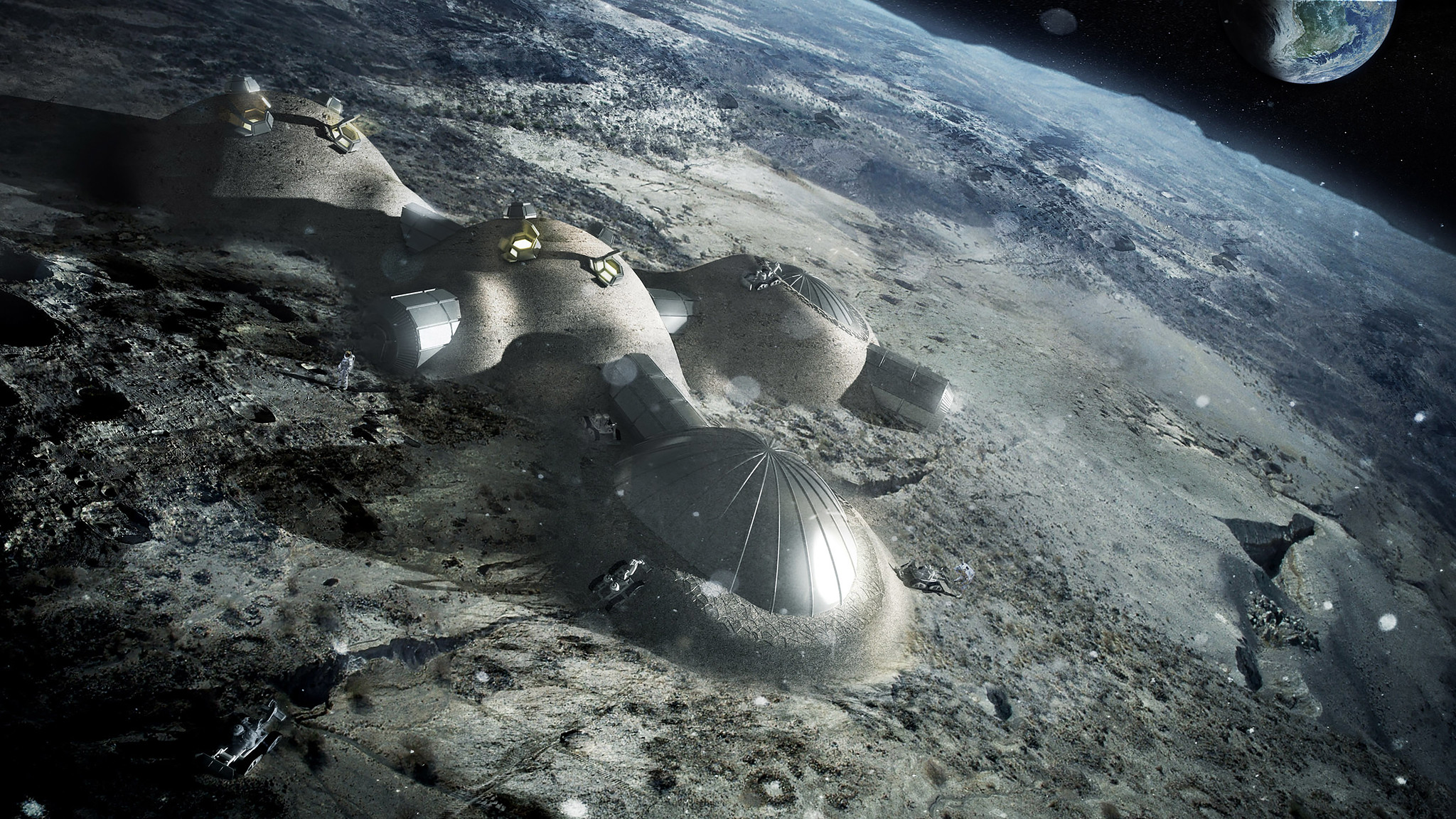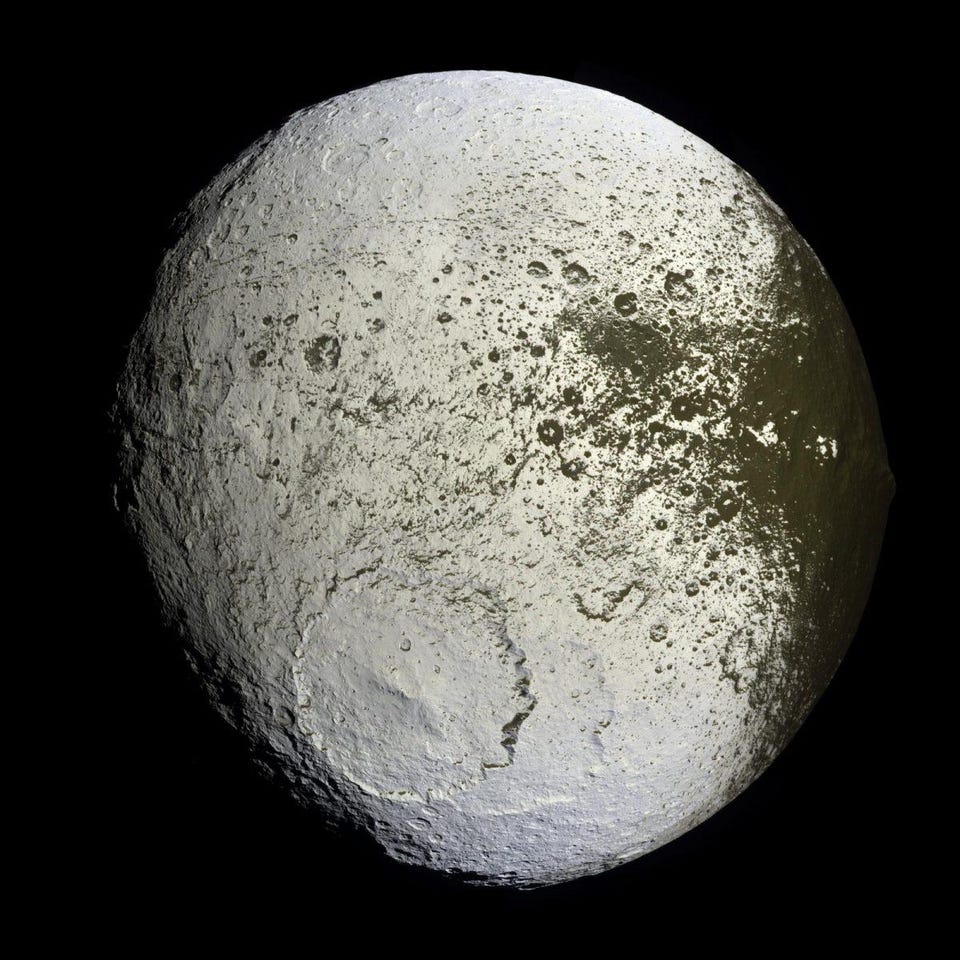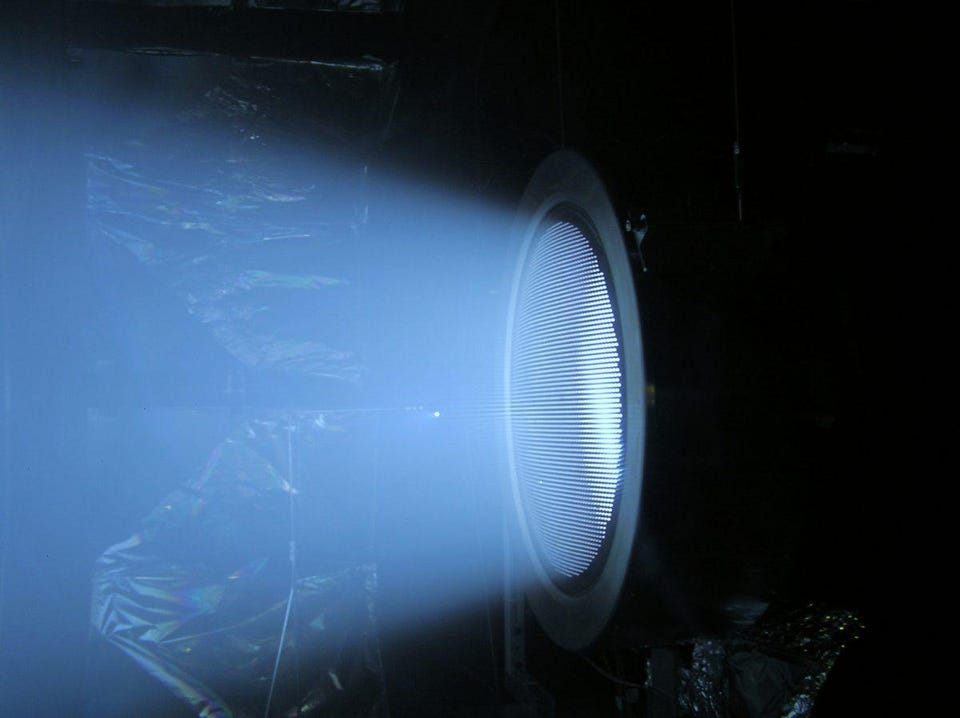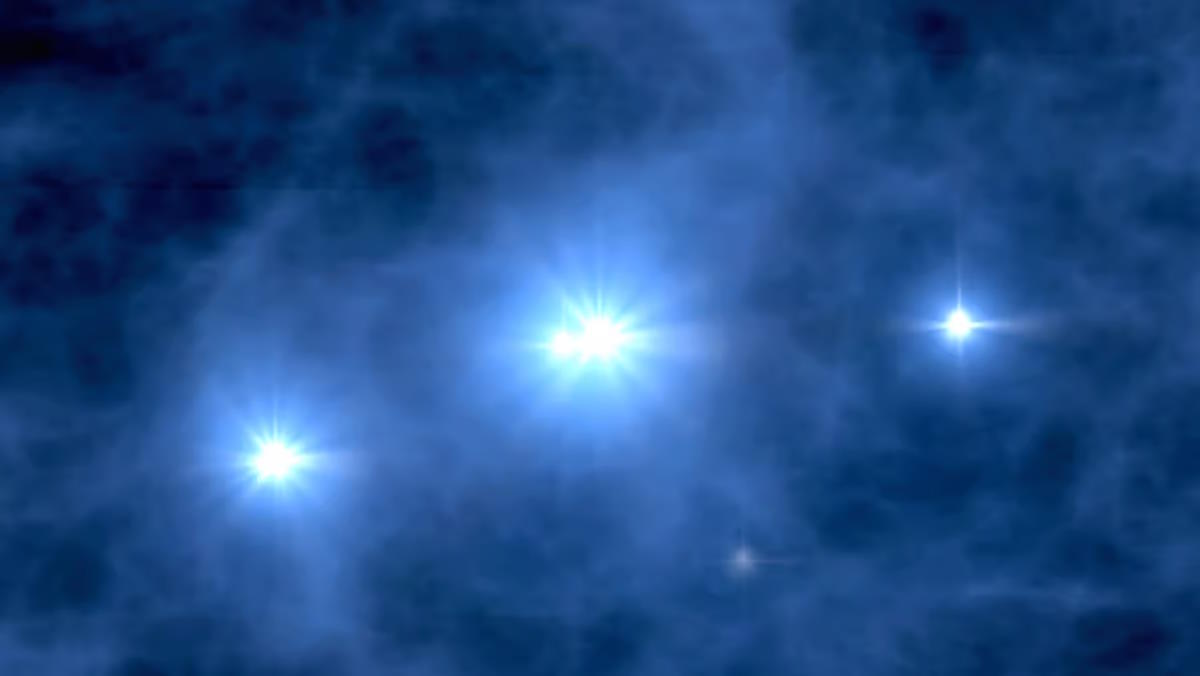The “airless” Moon really does have an atmosphere, after all
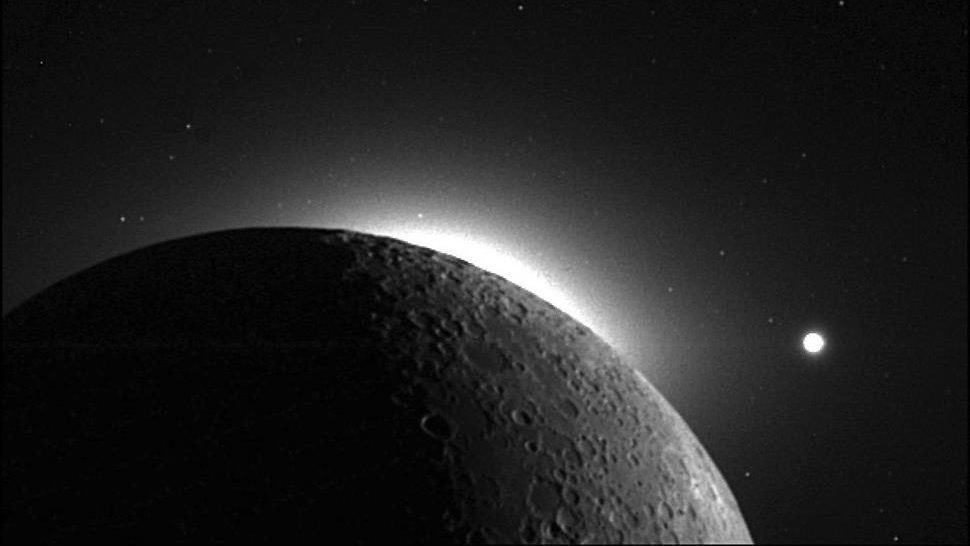
- For much of astronomical history, the Moon was the poster child for what an airless, atmosphere-free world should look like.
- Despite the fact that there isn’t breathable air there, it does have an atmosphere of particles that we’ve unambiguously detected.
- Additionally, the Moon possesses a tail, made of sodium atoms, that streams into Earth once per month.
For a number of very good reasons, you wouldn’t expect the Moon to have an atmosphere. Compared to planets that do have substantial atmospheres — like Earth, Venus, and even Mars — the Moon is tremendously low in mass. At just 1.2% the mass of the Earth, it can still pull itself into a spheroidal shape, but its surface gravity is quite weak: just one-sixth of Earth’s. Similarly, the Moon has an escape velocity that’s much lower than our planet. Given its high daytime temperatures, as it receives the same amount of sunlight that the top of Earth’s atmosphere does, it’s extremely easy to “kick” any gaseous particles to unbound gravitational orbits.
Given this combination of factors, it’s no wonder that we’d assume the Moon was airless. In fact, the combination of radiation and particles from the Sun, known as the solar wind, is sufficiently energetic that if we were to bring a significant amount of Earth’s atmosphere to the Moon, it would take less than a million years before it was entirely stripped away. All of Earth’s major atmospheric gases — including nitrogen, oxygen, argone, carbon dioxide, water vapor, methane, and others — would escape the Moon, even if they were abundant there.
And yet, the Moon actually does have an atmosphere: one that’s measurable and detectable. In addition, it has something even better than an atmosphere: an atmospheric “tail” made of sodium atoms. Here’s the fascinating science behind our lunar companion’s tenuous, but nonnegligible, atmosphere, which we mustn’t ignore any longer.
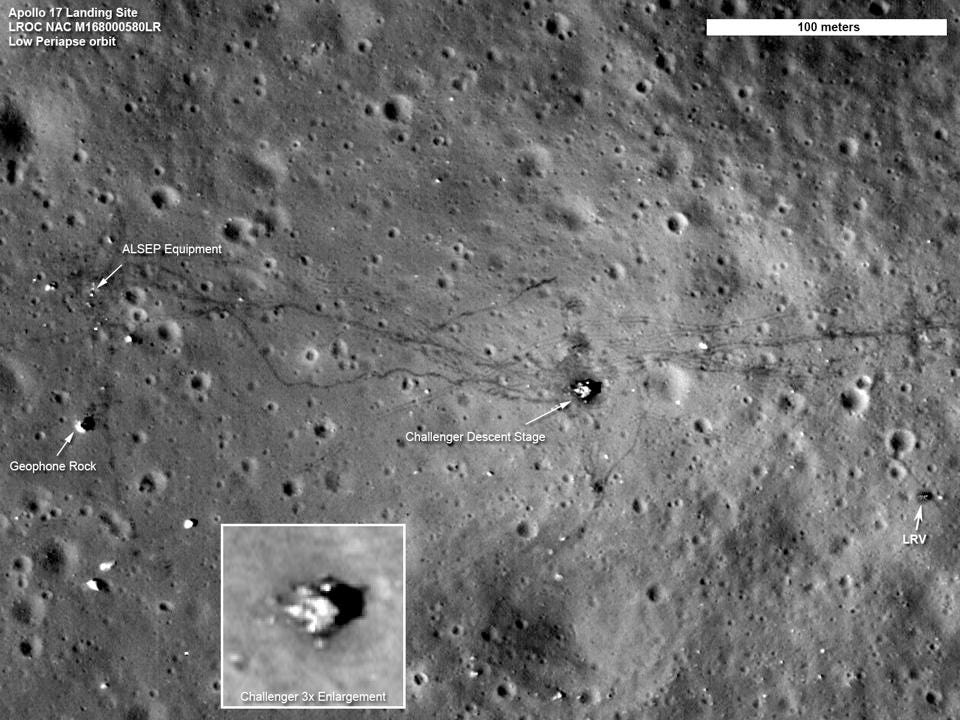
(Credit: NASA / LRO / GSFC / ASU)
The Moon is the most well-explored world by humanity other than the Earth. When the Moon occults background stars or planets, we detect no absorption from a foreground atmosphere as the background source gets eclipsed by the Moon. When we landed on the Moon, our instruments that we installed were unable to detect even a trace of gases that would be present. And in perhaps the strongest evidence of all, when we photographed the various Apollo landing sites some ~50 years after humans walked on the Moon’s surface, we saw that the lunar surface remained unchanged, even the astronaut footpaths and lunar rover tracks.
Worlds with atmospheres, even thin ones like Mars, don’t preserve surface features in this level of detail for very long at all. Any winds will sweep up particles on the surface, like the Martian sands or the lunar regolith, and deposit them randomly. The fact that all of these features remain unchanged after so long tells us that if the Moon does have an atmosphere, it must be incredibly thin, rarified, and difficult to detect. Nevertheless, our trips to the Moon did, in fact, give us a strong hint of why the Moon ought to have an atmosphere, and it’s an idea that’s highlighted in every lunar takeoff and landing that we’ve conducted.
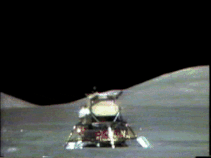
Whenever anything either impacts or exerts a great deal of force on the lunar surface, even briefly, it ought to cause the loosely held particles covering that surface to gain energy and momentum. The greater the amount of energy imparted to the Moon, the greater the:
- number of particles that get kicked up
- amount of energy imparted to each particle
- distance and heights that these particles will travel
- duration that they’ll remain suspended above the lunar surface before settling back down onto it
- number of particles that will actually escape the Moon’s gravitational pull
This effect occurs for impacts as small as a rocket landing or a return module re-launching when it comes to the Moon. But the effect is in no way limited to human activity. When we examine the lunar surface, we can clearly see enormous features — like impact craters, ejection rays, mountainous terrain and basins, etc. — that indicate not only the Moon’s violent past, but also its violent present.
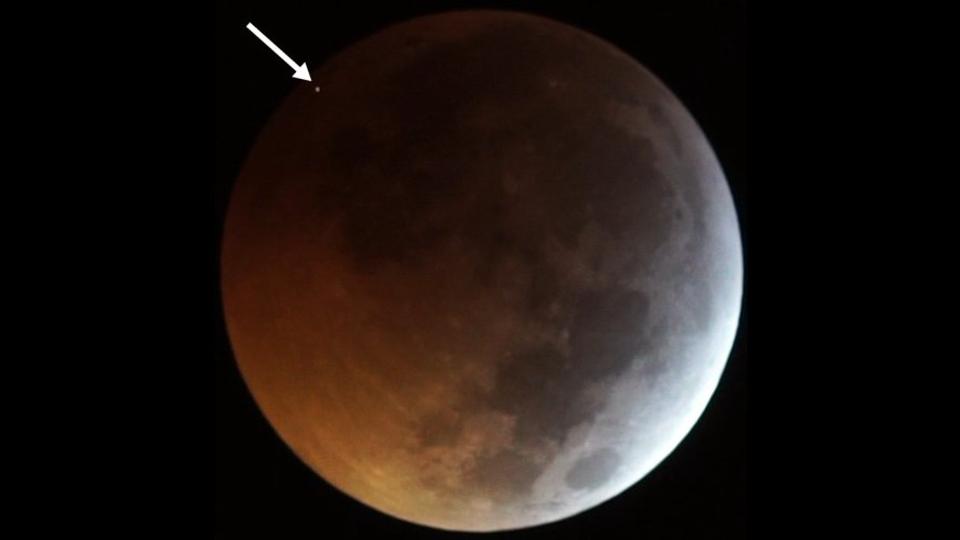
Credit: J. M. Madeido/MIDAS
It’s very clear that, over the course of the Solar System’s history, not only have impact events played a much greater role than any human activity ever has in the creation of a lunar atmosphere — tenuous and transient as it may be — but also that unobserved impacts probably have a lot more to do with the Moon’s atmosphere than anything we observe. For example, as the Earth-Moon system travels in its revolutionary path around the Sun each year, it passes through a significant number of debris streams left over from comets and asteroids that cross our orbit. The orbits are filled with tiny particles, giving rise to meteor showers when they collide with Earth.
But on the Moon, which lacks a substantial and gaseous atmosphere like Earth’s, all of this debris strikes the lunar regolith. When it does, it kicks up debris exactly as a rocket or a meteoric impact would: sending particles of all sizes and masses into a cloud above the Moon, where it will remain until it either gets ejected from the Moon’s gravitational pull or settles back onto the lunar surface. Each individual atmospheric particle may not be particularly long-lived as far as remaining in the atmosphere goes, but the constant replenishment ensures that even though it may be difficult to detect, the Moon must certainly possess a continuous atmosphere of kicked-up particles.

Credit: Comenius University (L), NASA (R); Wikimedia Commons
So, what is it that happens, then, once these particles from the lunar surface get kicked up and form a sort of atmosphere around the Moon? They’re subjected to the same solar phenomena that affects everything on Earth: solar wind, which is the photons that make up solar radiation and the energetic, charged particles that are emitted from the Sun. In addition, while we normally don’t think about it, the Sun’s corona isn’t simply confined to the region around the Sun, but extends through a tremendous region of space, encompassing both the Earth and the Moon in the process.
Owing to the Sun, the first thing that happens to the particles kicked up from the lunar surface, typically, is that the ultraviolet photons that are part of the Sun’s radiation will ionize the atoms and molecules that hold onto their outermost electrons most weakly. Once those particles have lost at least one electron, they become positively charged, just like the majority of solar wind particles themselves. The solar wind and radiation can then accelerate these ions away from the Sun, while the magnetic field permeating the Solar System — whose lines are traced out by the solar corona — will keep these particles relatively collimated, preventing them from straying far from a trajectory that points directly away from the Sun.
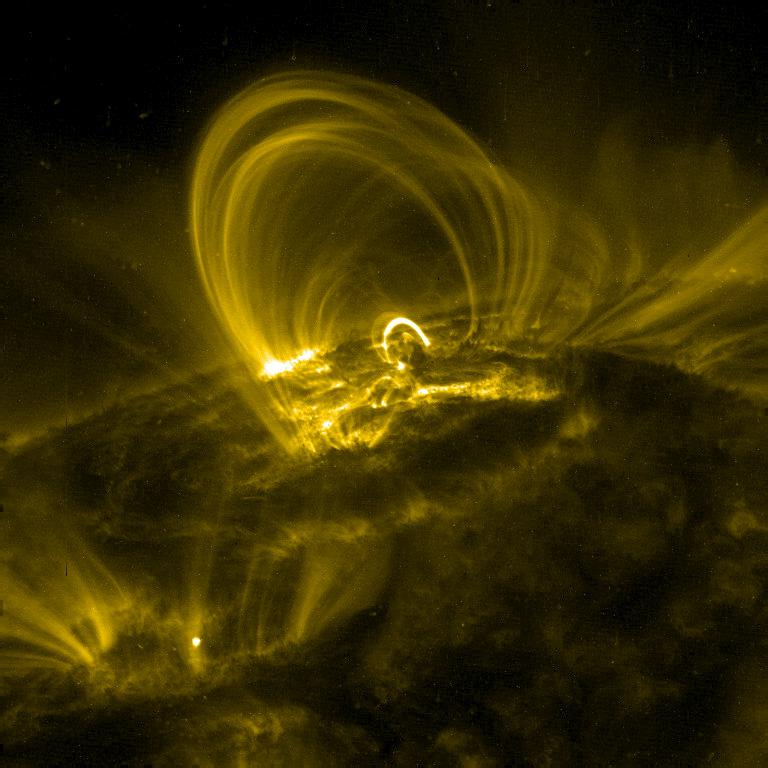
(Credit: NASA/TRACE)
Once the existence of the lunar atmosphere is established, the interactions of these atmospheric particles with the various components of the Sun will behave very differently from how Earth’s atmosphere behaves. Here on Earth, we don’t experience a notable effect from the solar wind at all, largely owing to the existence of our own magnetic field. With an active dynamo still present in our planet’s core, we generate our own magnetic field that enshrouds the entire planet, and then some.
Any charged particles from the Sun are normally deflected away from the planet by our magnetic field, with the only exception being the particles that get funneled down onto our planet in the regions surrounding our magnetic poles. This protective magnetic field largely diverts away the solar wind, all the way out to the inner and outer van Allen belts, tens of thousands of kilometers away from Earth. The type of stripping effects that the solar wind would otherwise induce on Earth are therefore avoided.
However, on worlds without a global magnetic field, like Mars or the Moon, this type of atmospheric protection does not exist.
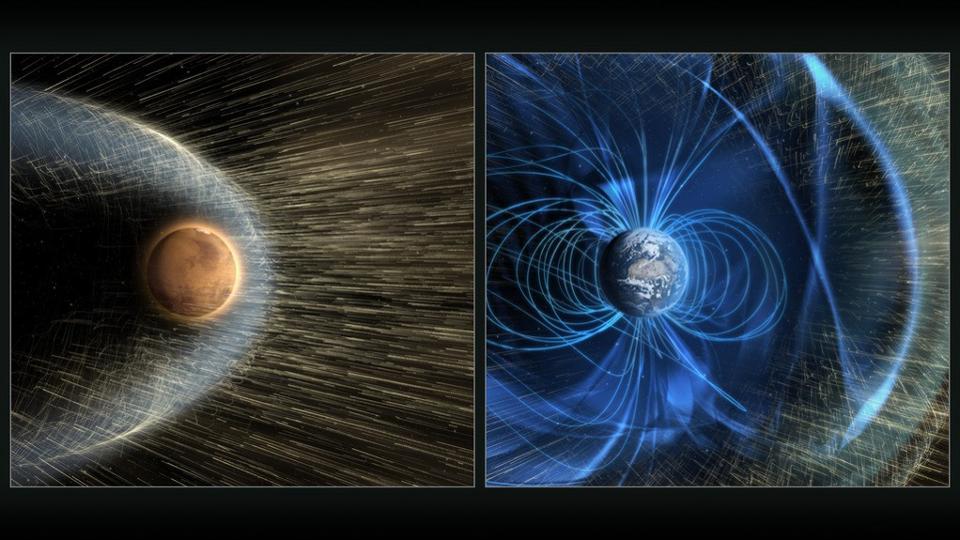
Credit: NASA/GSFC
The net result is that the lightest and most-easily ionized particles are the ones that wind up getting accelerated out of the Moon’s tenuous “atmosphere” and depart in the direction that faces away from the Sun. During a relatively quiet period in our cosmic backyard:
- there will be no major impacts on the Moon
- there won’t be an enhancement of bodies colliding with the Moon
- the solar wind will be at a normal level
- the Moon’s atmosphere will still exist, but will be at its thinnest
From this baseline, there can only be enhancements. A large impact can kick up debris that enshrouds the Moon, greatly increasing its atmospheric density. During an intense meteor shower on Earth, the Moon will get bombarded by particles at an exceptionally high rate, and, if the meteors are fast moving (like the Perseids or Leonids), still greater amounts of lunar regolith will be kicked up. And during a solar outburst, such as from a solar flare or a coronal mass ejection, the solar wind can be enhanced by a factor of ~20 or so, greatly increasing the rates and effects of collisions with particles in the lunar atmosphere.
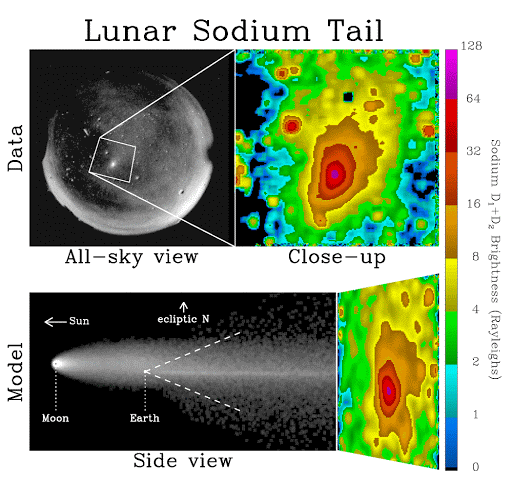
Even during the normal, quiet, and inactive times, this confluence of effects should result in the creation of a lunar tail: a slew of particles that come off of the Moon and always trail behind it, speeding away from the Sun-facing direction. Once particles are kicked up, ultraviolet photons from the Sun can ionize them, and then collisions with particles and radiation and electromagnetic effects can efficiently accelerate these particles away from the Sun.
The key testing ground for this should be the element sodium. The principal chemical elements present in the lunar regolith are the following: oxygen, sodium, magnesium, aluminum, silicon, calcium, titanium, and iron. Oxygen, the lightest of these elements (at number 8), holds onto its electrons very tightly, and so it’s quite difficult to ionize. The next lightest element out of these, however, is sodium. As an alkali metal, it only has one electron in its valence shell, making it extremely easy to ionize. As just the 11th element in the periodic table, it should also be easy to accelerate to escape velocity.
If this picture of the Moon and its atmosphere is correct, it should mean that once per month, right around the new Moon, we should be able to see the effects of these ionized sodium atoms coming off of the Moon and striking Earth’s atmosphere, creating a sodium Moon spot in the process.
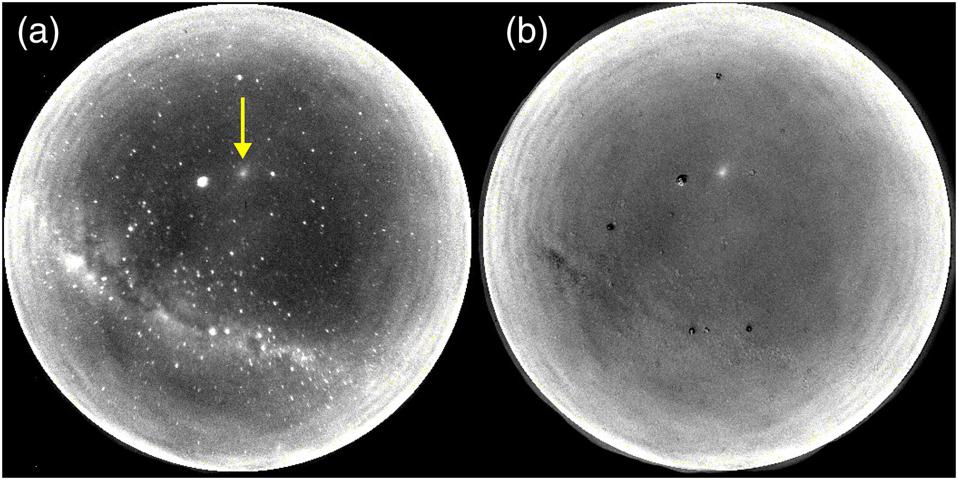
First observed in 1998 during a very active Leonid meteor shower, the sodium Moon spot appears right around the new Moon, appearing brightest approximately 5 hours after its phase of maximum “newness.” This feature typically possesses a diameter of about 3° on the sky, approximately six times the diameter of the Moon itself but far more diffuse. The spot appears brighter during lunar perigee, when the Moon is at its closest to Earth during the new phase, and faintest at lunar apogee, when the Moon is at its farthest distance from Earth.
Additionally, because the Moon moves up and down by about 5.2° relative to the plane in which the Earth orbits the Sun, it’s going to be brightest when the alignment between the Sun, Moon, and Earth is best: when the Moon is closer to being in that same plane — at the same time that it’s fortuitous for eclipses — as opposed to when the Moon is farthest out of that plane.
In fact, when the lunar sodium tail passes across the Earth, the Earth itself will distort the tail, due to both gravitational and magnetic effects. Gravitation is the more powerful of the effects, and it focuses and distorts this sodium tail in precisely the same fashion that moving your thumb over the stream of a flowing garden hose will distort the flow of water.
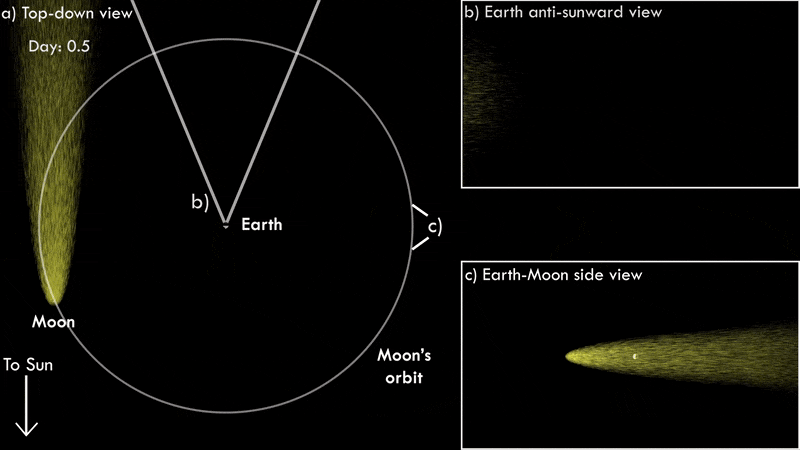
Credit: James O’Donaghue; data: Jody K. Wilson
The fact that the sodium Moon spot, as seen on Earth, is so heavily brightened by meteoric activity strongly suggests that it’s the impacts of these meteor streams that is the driving force behind the creation of the majority of the Moon’s atmosphere. It isn’t the most violent cratering events that create the Moon’s atmosphere, but the most common, continuous ones. So long as space remains flooded with ultraviolet radiation and solar wind particles originating from the Sun, this atmosphere will continue to give rise to a sodium Moon spot, visible whenever Earth crosses into the path of this persistent lunar tail.
It’s another fascinating illustration of how interconnected everything in the Solar System is to one another. The Moon’s surface gets impacted by tiny particles: fragments of comets and asteroids that passed through the inner Solar System and that still orbit in giant ellipses that cross Earth’s orbit. The lightest of these particles remain suspended the longest, and the sodium atoms among them are easily ionized. The radiation pressure from the Sun then accelerates them away from the Sun — similar to a comet’s ion tail — and when the Sun, Moon, and Earth are all properly aligned during a new Moon, they can create a sodium Moon spot that’s visible in Earth’s skies.
The Moon not only has an atmosphere, but a lunar tail as well. Thanks to our understanding of the Universe around us, we can comprehensively explain why.
